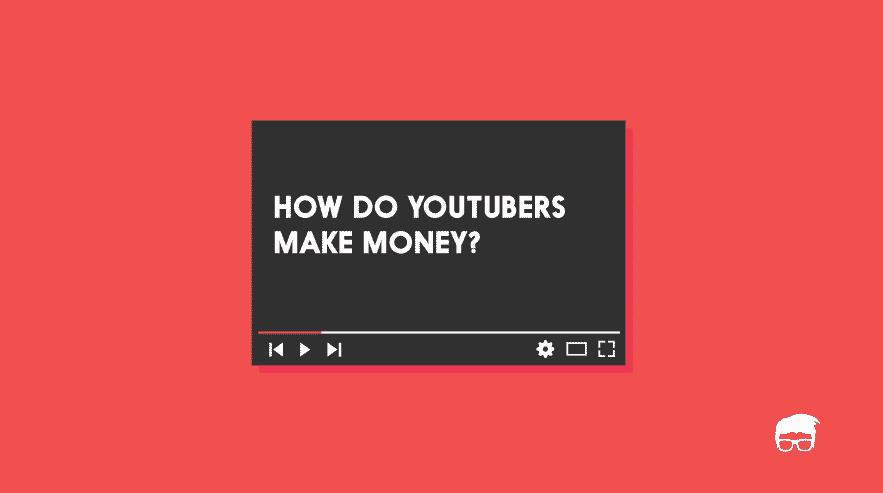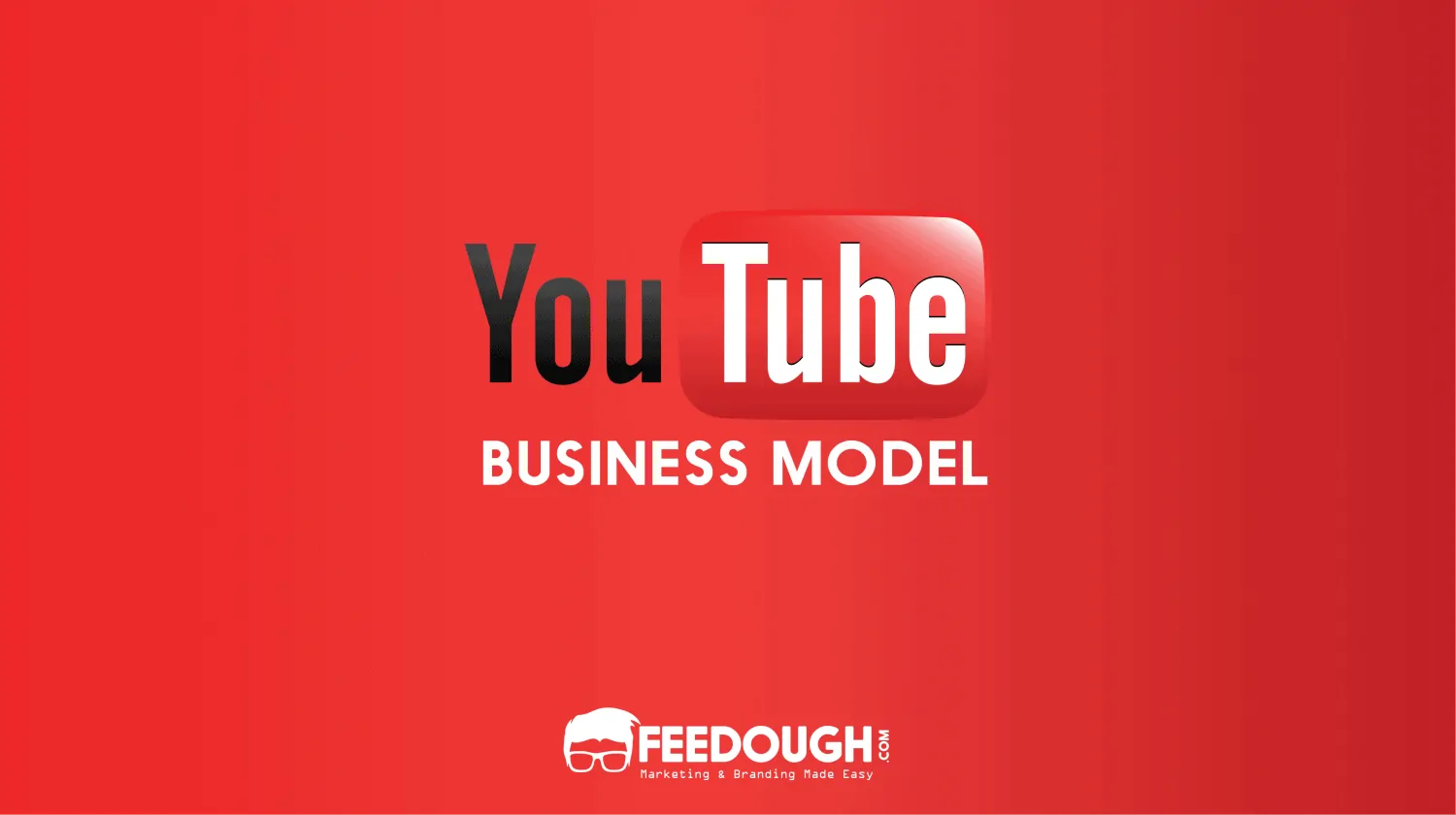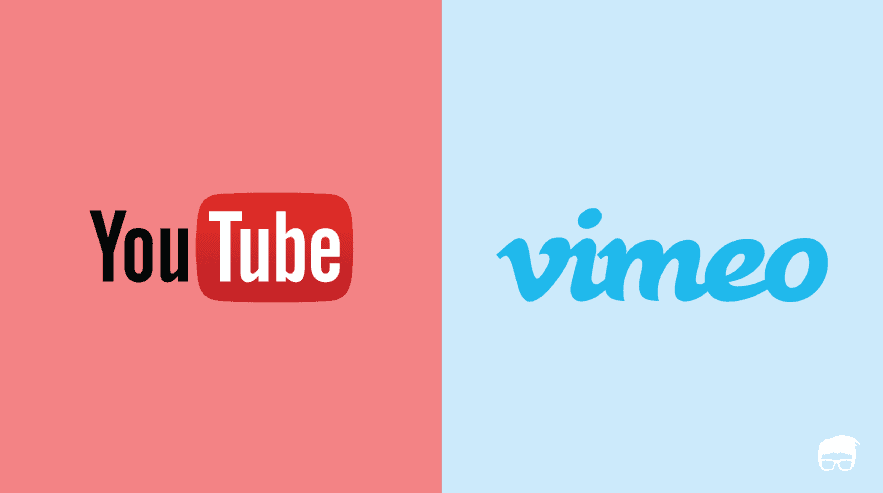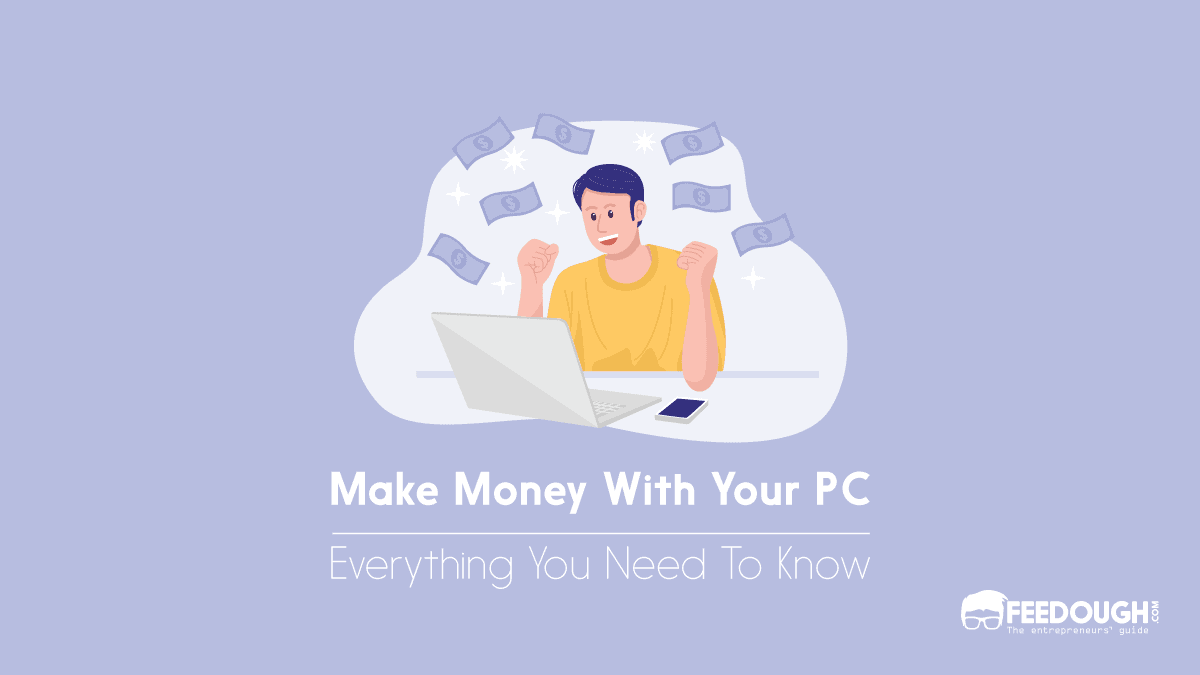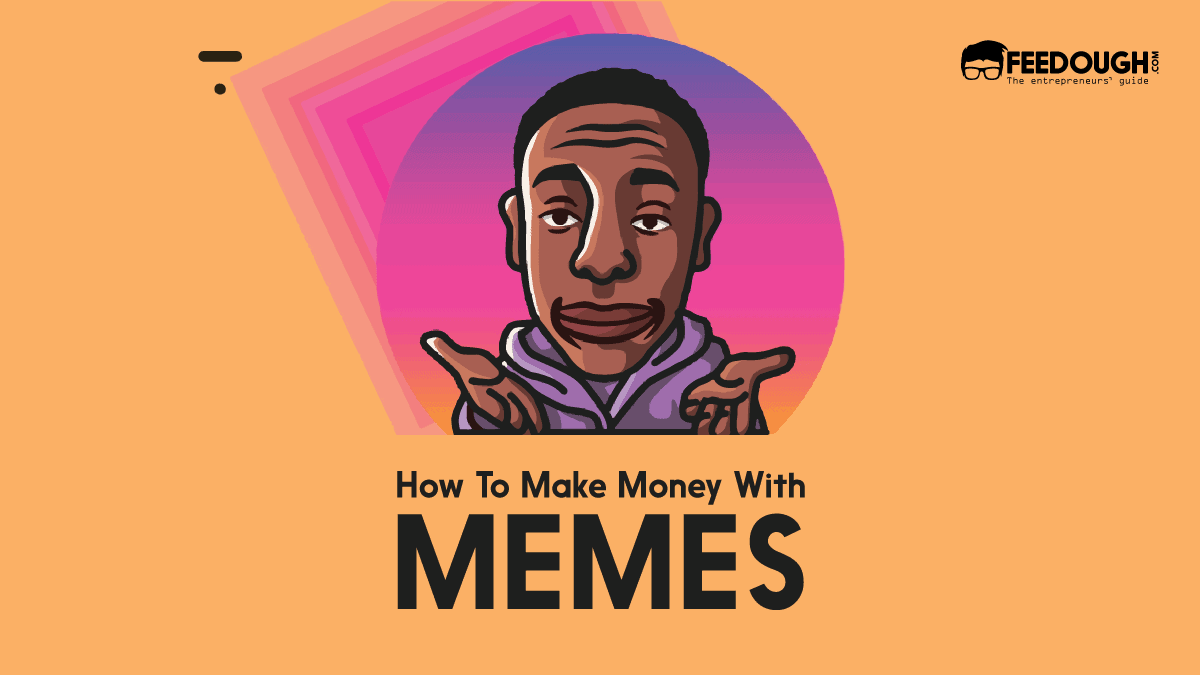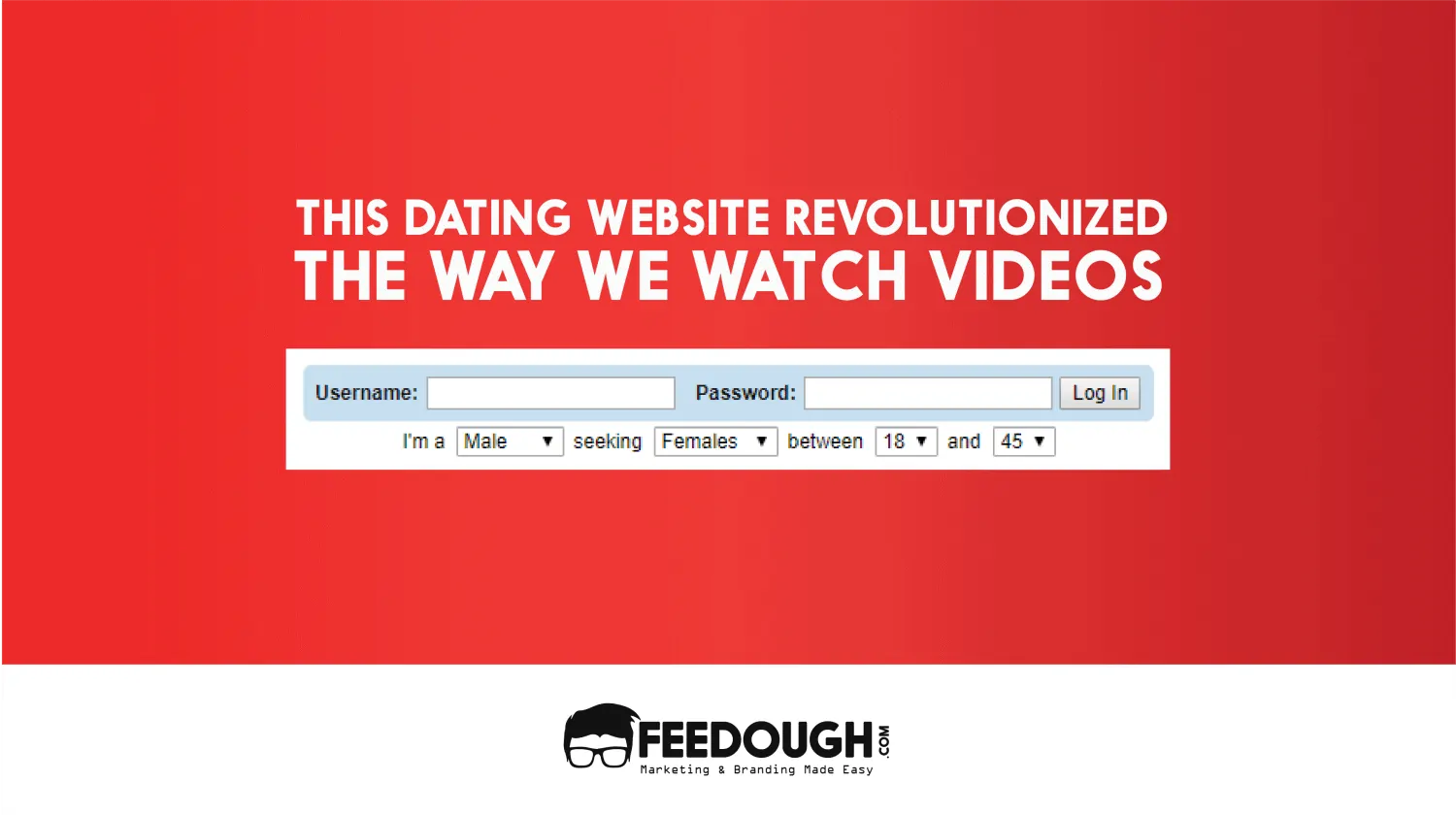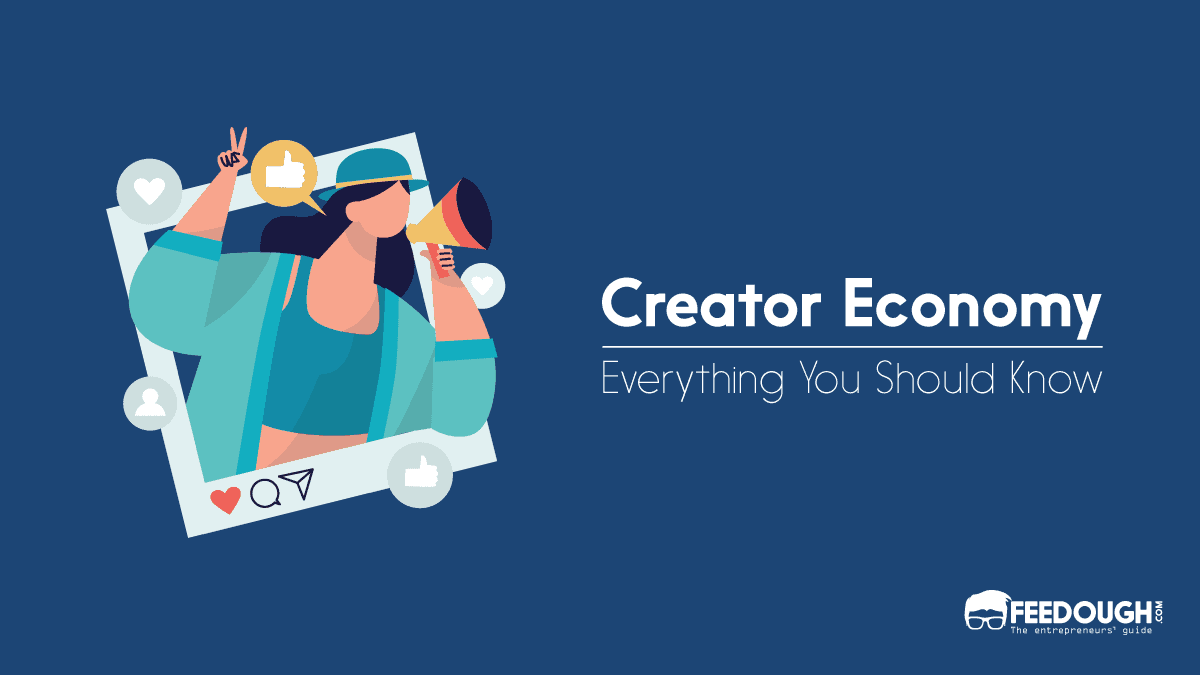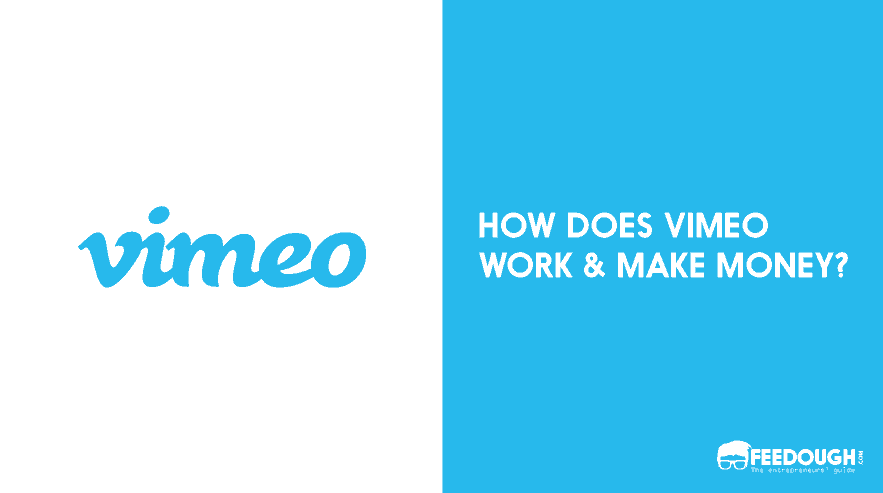They dance, they sing, they act, and they even break their new iPhones just to get more views. But how on earth do YouTubers make money? Does YouTube pay Youtubers to upload videos? Do companies pay them for brand placements? Or do they survive on donations (is that even an option?). Here’s an article to clear all your doubts regarding how Youtubers earn and how much do YouTubers make (and how do they earn so much that they can afford a Ferrari?).
Advertisers Pay Them (& YouTube) To Place Their Ads
400 hours of video are uploaded to Youtube every minute and over 1 billion hours of Youtube videos are watched every day. Such stats have made YouTube a magnet for almost all the advertisers.
If you’ve read our article on how YouTube makes money, you’d already know that the majority of the revenue of YouTube comes from advertisements. But since the content on YouTube is user-generated, the company shares the ad revenue with those content creators (YouTubers).
But what is the revenue sharing percentage of YouTube and can everyone monetize their channels?
Well, there are many layers to it.
YouTube splits the money from advertisements in the ratio 9:11 (no pun intended). If the advertiser pays $1 for a view, YouTube keeps $0.45 and the Youtuber earns $0.55. However, not everyone is eligible to monetize their channel on YouTube. A channel needs at least 4,000 hours of annual viewing time (of original content) and over 1,000 subscribers to be eligible to monetize its videos.
This revenue sharing ratio is different for the top 5% of content creators on the platform. These exclusive content creators are called Google Preferred and get exclusive advertisements from top paying advertisers.
YouTube Also Pays ‘Some’ Of The Youtubers
Does YouTube pay YouTubers for the content? Well, if you’re selected to create content for the subscription-based YouTube Premium, you will definitely get paid by YouTube.
YouTube Premium is a premium subscription model streaming platform which costs $12 per month. The company has followed Netflix’s footsteps and worked with (and paid) many top content creators like Poppy, PewDiePie, and the Paul brothers to come up with YouTube Originals.
Other Revenue Streams of The Youtubers
Many YouTubers have either parted their ways or added more revenue streams to the existing ad-partnership contract, by using their influence and getting in direct contact with the brands.
These revenue streams include:
Channel Membership
Channels with good subscribership gets an option to release memberships that allow their members perks like badges, emoji, and other goods.
This membership comes in levels with different perks for differently paying members.
Currently, creators receive 70% of memberships revenue paid by the member.

Sponsored Content
Content creators with good followership are often approached by big brands to endorse their products or services in their videos. This not only adds to the revenue of the YouTuber but the brands also benefit from the huge audience which follows the YouTuber.
Sponsored content come in the form of:
Brand & Product Placements
Brands or product are placed strategically in the video content so they fit to the story and get the benefit of the reach of the video. An example of such product placement could be the use of Samsung Galaxy Note 5 by the singer Ariana Grande in her music video.
Brand & Product Integration
Brand integration (also called branded entertainment) is different from product placements. Brand integration is when the content creator creates a content that revolves totally around a brand or a product.
The Indian YouTube channel TVF’s videos are true examples of branded entertainment.
Product Reviews
Many YouTubers have dedicated their channels to reviewing products of their niche. They test and review mobile phones, laptops, makeup kits, lipsticks, and what not. However, not all these reviews are organic. Some of the reviews are paid for by the brands to increase their brand awareness and demand.
In-Video Shoutouts/ads
Many top YouTubers are seen doing product shoutouts or creating ad-like videos to promote a brand or a product. An example of in-video shoutout is this video where PewDiePie promoted Honor 7X –
Affiliate Marketing
Though not as prevalent as in blogging, affiliate marketing is still a good revenue source for some YouTubers. They review the product or create a video revolving around the product and ask the viewers to make the purchase using the link in the description. This link is usually an affiliate link which gets them a commission for every successful lead/sale.
Most of the affiliate marketers use both YouTube and blogging to make money through affiliate marketing.
Super Chat
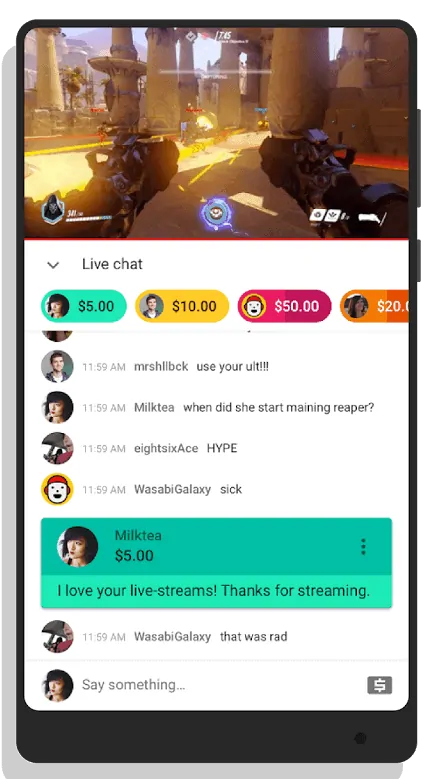
Youtube also allows viewers to directly contribute to the content creators using the super chat. Super chat is an option which lets viewers pay to pin a comment or highlight a message on live streams. When someone goes live, they see a dollar option on the chat window and can select the amount they wish to contribute.
Live streams on famous channels usually witness hundreds of messages every minute. Super chat gives a chance for super fans to pin their message on the top of that chat for a few minutes or hours by paying for it.
The best part about super chat is that the YouTuber receives all of the contributed money without sharing it with YouTube or Google.
Donations, Memberships, and Bonus Content
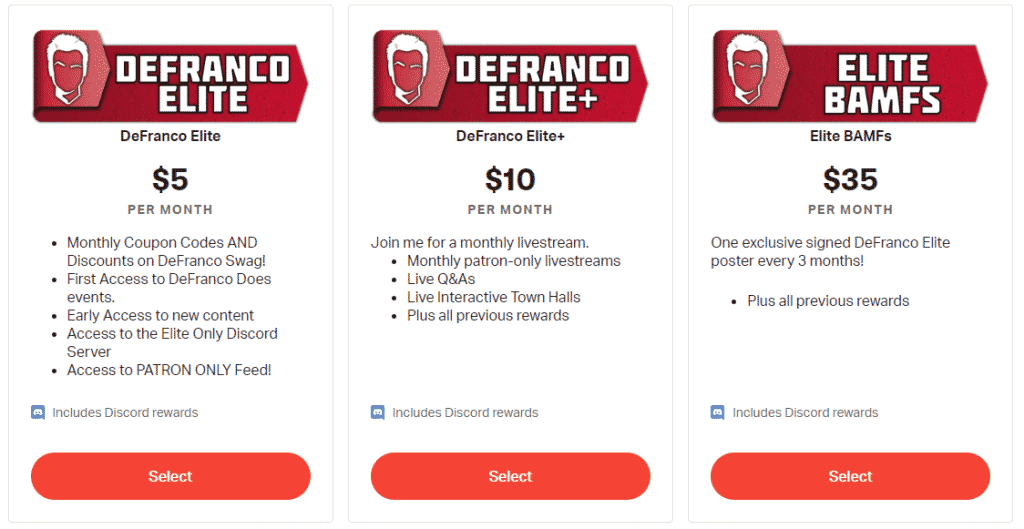
Many known YouTubers have a Patreon link in their videos’ description where you can pay them, become a member, and get exclusive content or training or videos that are not available to other users.
Patreon is a subscription-based crowdfunding membership platform. YouTubers use this platform to gain more loyal followers that pay and support them with monthly fees.
Go On, Tell Us What You Think!
Did we miss something? Come on! Tell us what you think of our article on How YouTubers Make Money in the comments section.
A startup consultant, digital marketer, traveller, and philomath. Aashish has worked with over 20 startups and successfully helped them ideate, raise money, and succeed. When not working, he can be found hiking, camping, and stargazing.
